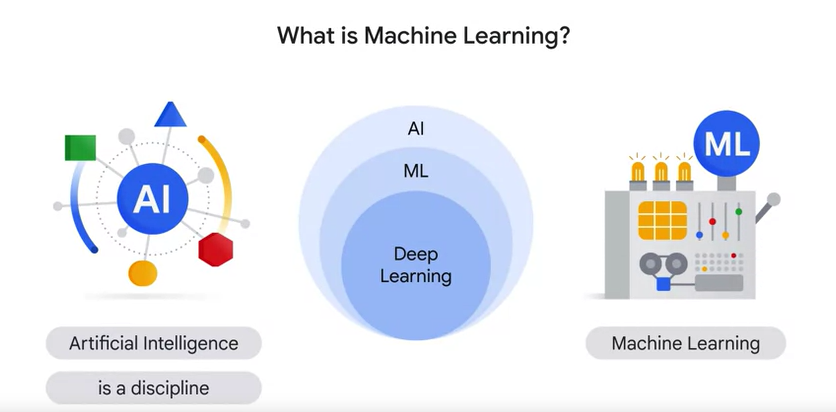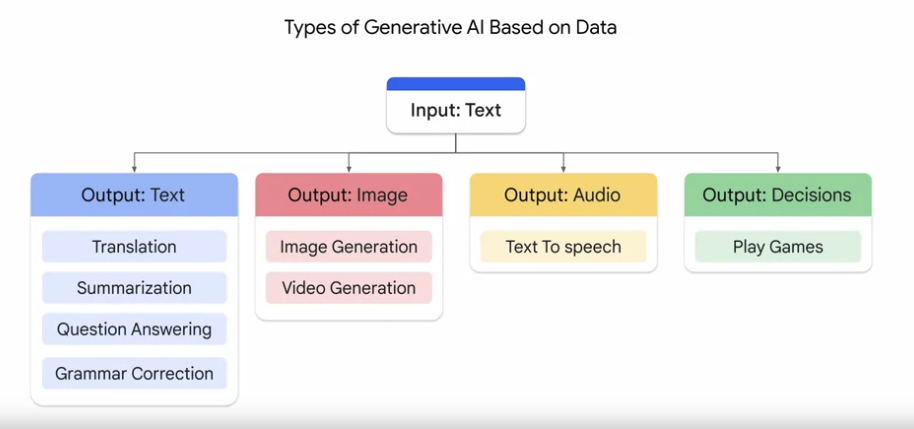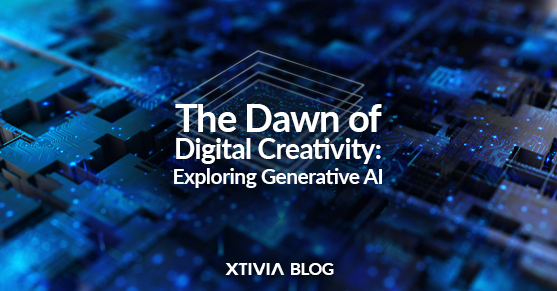Introduction
In the rapidly evolving landscape of artificial intelligence, one remarkable area of innovation has been the development of Generative AI (GenAI). These intelligent systems have shown their prowess in creating art, music, and even writing, raising intriguing questions about the nature of creativity and its intersection with technology. In this blog post, we’ll delve deeper into the world of Generative AI, examining its capabilities, applications, and the ethical considerations accompanying this groundbreaking technology.

What is Generative AI?
GenAI is a subset of artificial intelligence focused on autonomously creating data, content, or artifacts. Unlike traditional AI systems that are rule-based and deterministic, Generative AI operates by learning patterns from existing data and generating new content that mimics the characteristics of the training data. This makes it versatile and capable of producing creative outputs across various domains.
Capabilities of Generative AI

1. Art and Design: One of the most celebrated applications of GenAI is in the realm of visual arts. Generative Adversarial Networks (GANs), a popular technique, can generate stunning, surreal, and sometimes even unsettling art pieces. Artists and designers increasingly collaborate with AI systems to create innovative works that blend human creativity with machine-generated elements.
2. Music Composition: Generative AI has also significantly progressed in music composition. It can analyze existing musical compositions, learn the patterns, and generate entirely new pieces in various styles. AI-powered composers have even produced entire albums, challenging the boundaries of what’s possible in music creation.
3. Content Generation: Generative AI has found applications in content generation, such as automatically generating news articles, product descriptions, and marketing copy. This can streamline content production processes and provide a consistent flow of content for businesses.
4. Language Translation and Conversation: Chatbots and language translation systems powered by GenAI have become increasingly accurate and context-aware. They can facilitate more natural and meaningful interactions between humans and machines, bridging language barriers and enhancing customer service.
5. Video Game Design: In the gaming industry, Generative AI is used to create game environments, characters, and even game mechanics. This can save developers time and resources by automating the generation of game content.
Applications of Generative AI
1. Content Creation: Content creators are increasingly using GenAI tools to assist in brainstorming, drafting, and editing written content, images, and videos. These tools can inspire and generate preliminary ideas, saving time and effort.
2. Personalized Marketing: Generative AI can analyze user data to create highly personalized marketing campaigns, tailoring content and product recommendations to individual preferences and behaviors.
3. Medicine and Healthcare: In the medical field, Generative AI assists in drug discovery, medical image analysis, and even generating synthetic patient data for training healthcare AI models, all of which can lead to significant advancements in healthcare.
4. Autonomous Vehicles: Generative AI plays a crucial role in autonomous vehicle technology by helping vehicles make real-time decisions based on sensor data, traffic conditions, and navigation requirements.
Ethical Considerations
As Generative AI continues to advance, it raises ethical concerns that demand careful consideration:
1. Bias and Fairness: AI systems can inadvertently perpetuate biases in their training data. Ensuring fairness and equity in AI-generated content and decision-making is a pressing challenge.
2. Privacy: Using AI to generate synthetic data, including faces and voices, poses privacy risks. Unauthorized use of such data can lead to identity theft and other malicious activities.
3. Intellectual Property: Determining the ownership and copyright of AI-generated content can be complex. Addressing these legal issues is essential to avoid disputes.
4. Accountability: When AI generates content or makes decisions, assigning responsibility in the event of errors or harm can be challenging. Establishing clear lines of accountability is vital.
Conclusion
Generative AI represents a remarkable intersection of technology and creativity, offering immense potential across various domains. It challenges our perceptions of what is possible and raises important questions about ethics, responsibility, and the role of AI in our society. As this technology continues to evolve, it’s crucial to foster a thoughtful and responsible approach to harnessing its power for the benefit of humanity while addressing its ethical implications. The journey into the world of GenAI is just beginning, and its future promises to be exciting and thought-provoking.
For more information or any questions you may have about generative AI, please contact us!

